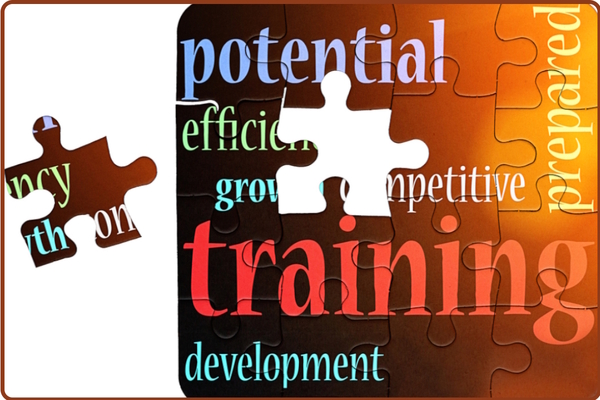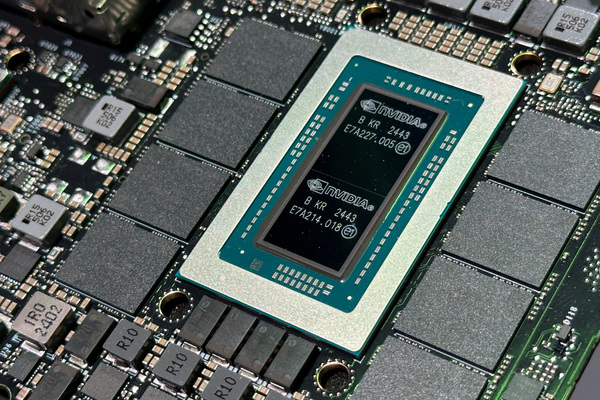Turning employee AI fear into AI empowerment
AI fear in the workplace is real and those failing to acknowledge that risk backlash, resistance and wasted investment, says Yomi Tejumola at Algomarketing, who advises businesses how to turn that anxiety around

Businesses are investing more in AI by the day, convinced it will deliver new heights of productivity and performance. Yet for workers, those exact same advances prompt a different consideration - whether efficiency for firms will translate into redundancy for them.
In fact, just recently, a new Trades Union Congress (TUC) poll found that more than half (51%) of UK adults are now worried that AI will either take or alter their job, with younger workers (aged 25 to 34) the most anxious of all. It’s no surprise when we’re seeing the likes of BT, Amazon, and Microsoft in the headlines, all warning that advances in AI could lead them to trim their headcounts.
But anxiety around AI isn’t just about nerves - it directly affects how people behave, in turn affecting the business. If staff feel threatened, they resist. Sometimes openly, but more often in quieter ways. They might avoid learning new tools, dismiss them as irrelevant, or delay adoption. This slows projects down and erodes the very productivity gains AI is meant to deliver.
There’s also a trust issue. When employees suspect AI is simply a way to cut jobs, it undermines confidence in leadership. Morale dips, rumours spread, and the cultural cost can be greater than the financial one. McKinsey’s latest research on the subject of unlocking AI’s full potential shows that many companies that have invested in AI are not getting the returns they expected - and human resistance is a major reason why.
Involving employees in shaping AI use
Interestingly, however, half of those surveyed by the TUC also said they wanted a say in how AI is used in their workplace, suggesting there is a real opportunity for businesses to transform that fear into empowerment if they take the right strategy. One of the best ways to do this is to involve employees right from the very start - when use cases are still being explored, not once the technology is implemented.
Early involvement flips the narrative. Instead of AI being “done to” people, it becomes something they’re helping shape. That creates ownership, lowers resistance, and surfaces insights leaders may not see. Frontline staff often know the small inefficiencies and pain points that AI can fix better than anyone.
This is also something the World Economic Forum agrees with, recently saying that including employees in technology strategy development and human-centred workforce practices helps build digital trust and is essential for responsible and scalable AI adoption. From my own experience, I’ve also found it can go even further: those employees become champions, spreading enthusiasm, and helping their colleagues feel more comfortable with change.
Strategies to build trust around AI
Early involvement is powerful, but it’s not enough on its own. The way AI is introduced and embedded matters just as much. A few strategies make the biggest difference:
- Be clear about the “why”: Transparency builds trust. Explain what AI is there to achieve: freeing people from repetitive tasks, improving decision-making, or creating a better customer experience. Avoid corporate spin - people want the real story.
- Start small and showcase wins: Pick areas where AI makes life easier, then celebrate the results. Automating repetitive reporting, for example, frees up hours of time. Showcasing that early success makes adoption feel less abstract and more personal.
- Create champions inside teams: Identify existing employees within your business who are curious about AI. Offer them extra training so that you can empower them to support their colleagues. Change is always easier when it’s guided by peers rather than pushed from above.
- Consider external partners: AI adoption doesn’t have to rely solely on internal talent or curiosity, which may be lacking. Bringing in AI-proficient talent from outside the organisation to work alongside teams can provide much-needed expertise, flexibility, and innovation to accelerate delivery. It’s a great way to address the challenges of hiring freezes, bandwidth gaps, evolving tech stacks, and the constant pressure to deliver at speed (without the commitment of permanent hires) making change feel more manageable and less top-down.
- Normalise experimentation: Give people room to test tools in a safe environment. Removing the fear of “getting it wrong” encourages exploration and builds confidence, ultimately supporting adoption. In turn, that should translate into better implementation and more positive outcomes driven by teams.
- Celebrate success stories: Publicly recognise teams that embrace AI and deliver results. It reinforces the message that AI isn’t a threat - it’s an enabler of better work and can support individuals’ career journeys.
Put simply, ignoring worker concerns around AI will only make adoption slower, costlier, and less effective. Businesses keen to unlock AI’s productivity gains must start realising that it’s not just about the technology itself, but how it’s introduced, explained, and embedded. And people are at the heart of making that happen.
Yomi Tejumola is Founder and CEO at Algomarketing
Main image courtesy of iStockPhoto.com and AndreyPopov

Business Reporter Team
Related Articles
Most Viewed
Winston House, 3rd Floor, Units 306-309, 2-4 Dollis Park, London, N3 1HF
23-29 Hendon Lane, London, N3 1RT
020 8349 4363
© 2025, Lyonsdown Limited. Business Reporter® is a registered trademark of Lyonsdown Ltd. VAT registration number: 830519543





